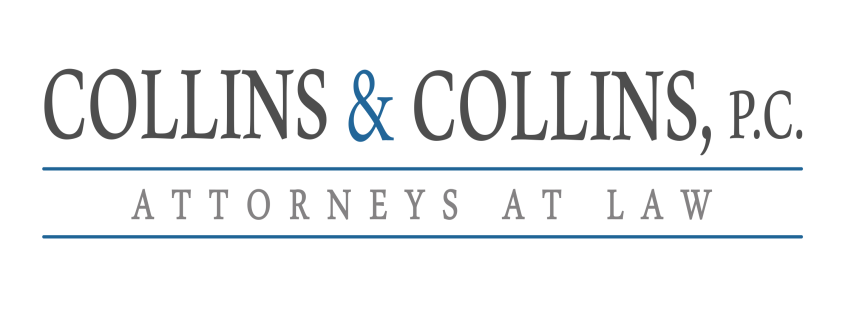According to the Center for Disease Control (CDC), cerebral palsy is the most common motor disability among children in the US. In a number of cases, cerebral palsy is caused by a doctor‘s negligent failure to perform a C-section when conditions deem it necessary.
Juries around the country have recognized that failure to perform a timely C-section when medically necessary is a significant deviation from reasonable standards of care. As a result they often return sizeable medical malpractice verdicts in favor of affected children and families.
The CDC estimates that one in every 303 children in the US suffers from cerebral palsy. Cerebral palsy is the name for a group of brain and nervous system disabilities that affects movement, hearing, sight, thinking, and learning. Cerebral palsy greatly affects a child‘s development and quality of life. The severity of symptoms can range from moderate to severe, and many affected children require life-long care.
Cerebral palsy is caused by damage to the brain that can occur during pregnancy, birth, and early childhood. Most children display symptoms of cerebral palsy by age three. Around 20% of cerebral palsy cases are attributed to brain damage during birth. In many of these situations, the brain damage that leads to cerebral palsy is caused by lack of oxygen to the brain, known as fetal hypoxia. According to the CDC, fetal hypoxia accounts for roughly 10% of cases of cerebral palsy. Even though only a small percentage of all cerebral palsy cases can be prevented by the timely performance of a C-section, failure to do so can have devastating results for a child and family.
In a number of cases, possible brain damage from lack of oxygen to the brain can be prevented by the timely performance of a C-section. Situations when a C-section becomes medically necessary include when: (1) the baby does not progress through the birth canal and is deprived of oxygen, (2) the umbilical cord is wrapped around the child‘s neck and the problem cannot be corrected, and (3) prolonged attempts to induce labor have not been effective and the child remains in the birth canal for too long.
When these problems develop, medical professionals often have mere minutes to react before irreversible damage is done to mother and child. There are several ways that healthcare providers can monitor the child for signs of distress that can lead to deprivation of oxygen to the brain. Fetal hypoxia is often accompanied by a change in the baby‘s heart rate, which should be carefully monitored by healthcare professionals if there are any signs of complications during birth or if there are risk factors associated with the pregnancy.
Unless doctors and nurses are well trained and vigilant, and the hospital has standard procedures in place, these warning signs may go unnoticed and precious time may be lost. In some situations, there is no way to identify signs of distress in time. However, in a large number of cases, the signs are obvious and the physician or medical team simply does not address the need for a C- section in a speedy manner, causing injury and even death to the child. In these cases, doctors and hospitals deviate from the medical standard of care and may be deemed negligent under civil law.
As indicated, medical negligence is not always or even the most common cause of cerebral palsy. However, if your child suffers from cerebral palsy and you suspect medical negligence, it is important to make the determination as early as possible. An experienced personal injury attorney can help you do just that.
